There are two primary types of writers out there. With affection, we call them plotters or pantsers. Plotters like to know where their story is going and usually use some type of outline to keep them on course. Pantsers launch in with only a vague sense of what is going happen next. They know their premise, they understand their characters, and they’re brave enough to let those characters lead the way.
But truthfully, most writers are a combination of both. Plotters don’t know everything their characters will do ahead of time, so sometimes the characters take the reins. Pantsers know what the story is about, so they ultimately direct it in some way, at least subconsciously. But there is a great way for both plotters and pantsers to puzzle out the fundamentals of their story with only minutes of effort. Not only that, but by using the method that follows, you may be able to solve difficulties and advance through stopping points you are facing in your plot.
While recently attending an online writers’ conference (in the virtual sense), I was introduced to Claudia Suzanne’s course: How to Plot Your Novel in 15 Minutes or Less using her plan called *Meet in the Middle. Ms. Suzanne uses only 15 points to plot an entire novel. Here’s how it works, based on my book The Green Veil releasing in January ’11. (Warning: There’s a bit of a story spoiler here, but I’ve inserted some dashes so it’s not too obvious.)
Starting with point #1, state the first thing that needs to happen in the story. For instance:
1. Colette discovers she is moving to Wisconsin Territory, hundreds of miles away from everything she has ever known in Michigan, and away from the young man she secretly loves.
Then, on the bottom of the page write the last big event that happens in the story.
15. Having learned through their struggles that it’s better to seek God’s plan than to act on their heart’s impulses, Colette and — reveal that they love one another, and are married with family and friends in attendance.
Now go back to point 2. What happens next?
2. In the wilderness, Colette meets Joe. He is brash and bold, and a terrible flirt bent on confusing her heart. Meanwhile, her father becomes a business partner with Harris Eastman.
Then back down to point 14. What would have to happen to lead up to the end?
14. Colette flees north where she takes refuge with her old friends. Here, she investigates the empty house, and comes face to face with —.
Now back to 3. Then down to 13 and so on — 4, 12, 5, 11, 6, 10, 7, 9, and finally #8. You’ve plotted front to back, meeting in the middle. Each step helps you think of the natural progression to what takes place next, or to make you ask “what would have happened right before this to get this result?” Either way, using Meet in the Middle can help you avoid wandering scenes that only take up space–what we call “sagging middles”.
I had my doubts about this method at first, until I tried it. I was able to successfully plot the final book in my Empire in Pine series in about 10 minutes, clearing up many of the uncertainties I had.
For pantsers, it provides a loose enough framework to allow character control during the actual writing. For plotters & outliners, it sets goals. You can even use smaller versions of MitM for each chapter or scene using maybe only 3 or 5 points. MitM sets up the larger framework, which a writer can then flesh apart piece by piece.
Exercise: Try outlining a future story or one you are working on this way. It can be a novel or a short story. Or, take a story you are familiar with and try using the Meet in the Middle method to break it down in order to see how it works. For instance, if I was breaking down The Witch and Wardrobe, my first point would be “Edmund, Lucy, Peter, and Susan discover an old wardrobe in the home of their guardian which leads them to the world of Narnia.” Then, for point 15, I’d say, “Aslan breathes on the stone statues and restores them all back to life. The four children are made kings and queens of Narnia. Years later, they stumble back through the door in the wardrobe and find themselves children in England once again.” Then I’d continue going forward and backward, focusing only on the major points or scenes.
If you go beyond 15 points, it begins to feel overloaded and unmanageable. 15 seems to be about the right number to keep your story from growing too many tentacles.
*Excerpted from Before Copy Editing by Claudia Suzanne (WCPublishing, 2010) http://wambtac.com Used by permission.
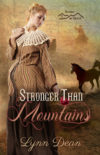
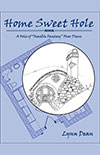


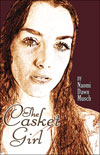
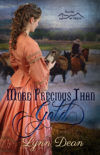
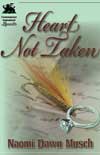

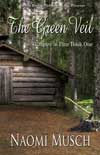

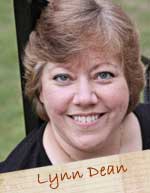


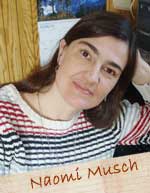


Speak Your Mind
You must be logged in to post a comment.